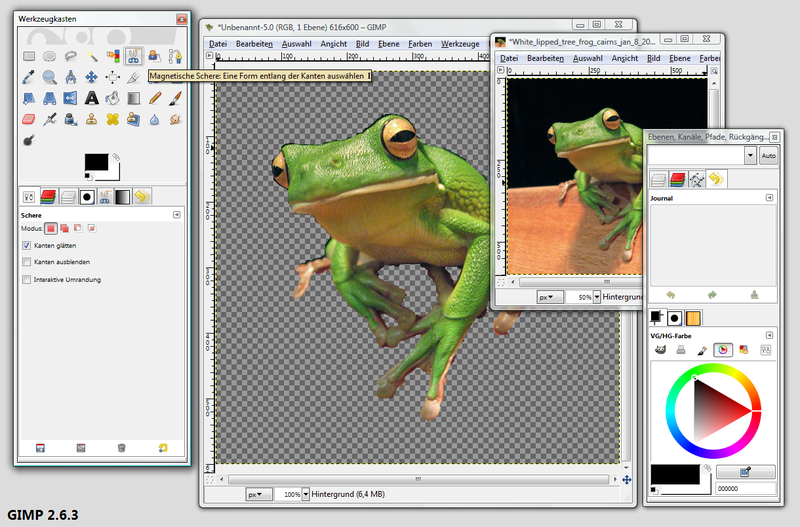

In political campaigns and even on the covers of widely circulated news magazines, images are routinely altered to advance a point of view. Unfortunately, less benign examples of photo manipulation abound. In fact, millions of Web surfers flock to Fark ( ) to either view or participate in the daily Photoshop image editing contest, in which participants download and edit the photo of the day, reposting the “retouched” image for others to enjoy. This manipulation is not limited to graphic artists or artistic directors. On the Web and in print, photographs are “retouched” in both subtle and substantial ways. Concurrent with this increase in access to images on the Web comes an increase in photo manipulation. Web sites including the National Archives, The Web Museum Paris, and the National Gallery of Art provide free access to thousands of high resolution images for use in the classroom. The countless collections of images hosted online have opened up vast new opportunities to augment instruction in the social studies. Until recently, classroom teachers were limited to pictures included in textbooks and source books and those they could pull together on their own.

With the availability and prevalence of software capable of sophisticated image alteration, the issue of photo manipulation provides a timely opportunity in the social studies classroom to assist students in “reading” the images that inundate them in their daily lives by dispelling an old cliché: “The camera never lies.” This article attempts to provide an initial framework for discussing the current issues surrounding photo manipulation in the media with preservice teachers, as well as a historic look back at the ways in which images have been modified since the invention of the camera.

In fact, every choice a photographer makes in taking a picture involves subjectivity from the camera angle (looking up, looking down, eye level), to the framing (what to include and what to leave out), to the moment of exposure (when to shoot and when to wait).

In her 1977 book, On Photography, essayist Susan Sontag wrote, “In America, the photographer is not simply the person who records the past, but the one who invents it.” Indeed, photographs can alter and magnify historical events, as the author of the image can literally manipulate the lens with which viewers see the world.


 0 kommentar(er)
0 kommentar(er)
